![A Beginner’s Guide to Digital Illustrations [+ How to Get One]](https://penji.co/wp-content/uploads/2021/02/A-Beginners-Guide-to-Digital-Illustrations-How-to-Get-One.jpg)
Today’s world has seen the digitation of almost every aspect of living, and art is non-exempt. Digital illustrations have become an art medium in itself and are often used for a wide range of applications – from branding and marketing to NFT (non-fungible tokens) art.
This article will discuss the basics of digital illustrations, what you can use them for, and how you can make your own or get professionally-created ones.
Let’s jump right in!
What is the Meaning of Digital Illustration?
A digital illustration refers to artwork created using digital tools and techniques, such as drawing tablets, software programs, and computer graphics.
Creating this type of illustration involves using digital mediums to create images that can be edited, manipulated, and stored electronically.
For easy reference, here are a few examples of digital art made by our artists here at Penji:
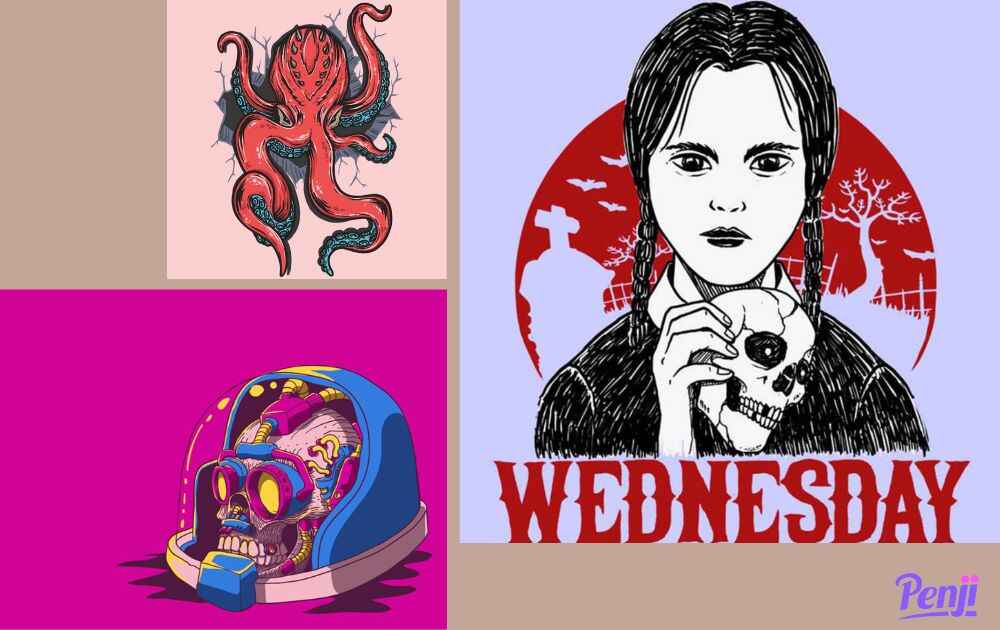
Unlike traditional illustration, which often involves physical materials such as paper, paint, and ink, digital illustration allows artists to work more efficiently and make changes easily without starting over from scratch.
What is the Main Purpose of Digital Art?
Digital art allows artists to experiment with different techniques and styles without damaging the original work, making it a flexible and versatile medium. It can also be easily adapted to different mediums, making it a popular choice for commercial projects.
Here at Penji, for instance, clients ask our digital illustration artists to create artworks to use in:
- Advertising
- Book covers
- Websites (including eCommerce site designs)
- Animation
- Video games
What are the Benefits of Digital Art?
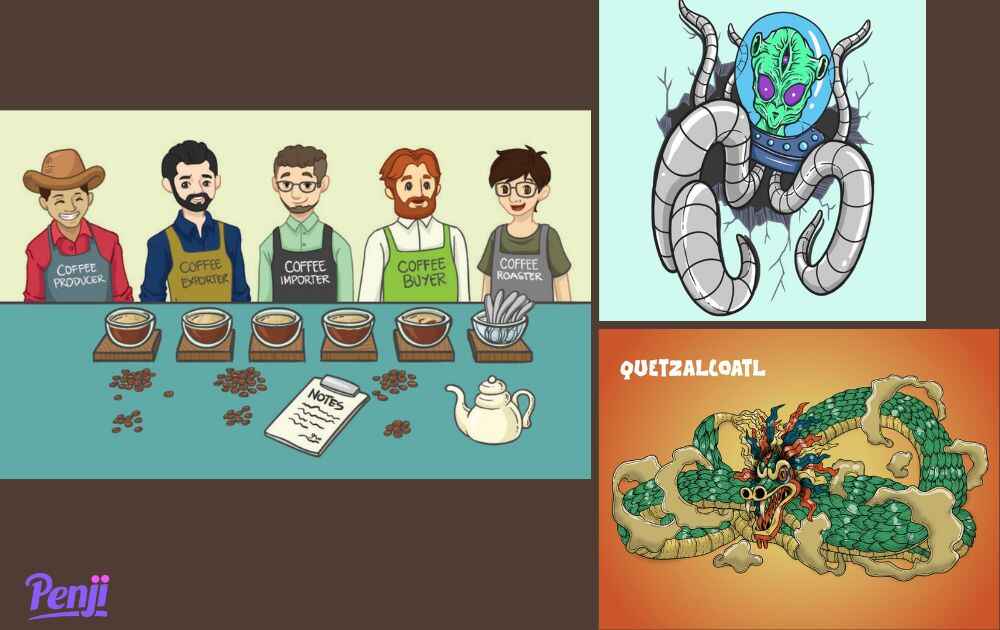
There are several benefits to digital illustrations, including the following:
- Flexibility. Digital art allows for a lot of flexibility in the creative process. It allows artists to easily make changes, undo mistakes, and experiment with different techniques and styles without damaging the original work.
- Efficiency. Digital art tools and software can help artists work faster and more efficiently. For example, digital software can automatically correct mistakes, provide color palettes, and offer various brushes and tools.
- Accessibility. Digital art is more accessible than traditional art forms as it requires less physical space, less storage space, and is less expensive in the long run. Additionally, digital art can be easily shared online, making it easier for artists to connect with their audience.
- Versatility. You can use digital art for various applications, including illustration, graphic design, animation, and more. It can also be easily adapted to print, web, or mobile applications.
- Collaboration. Digital art tools make it easier for artists to collaborate with each other remotely. Artists can easily share their files and work on the same project simultaneously, regardless of their physical location.
It goes without saying that digital illustrations have become an essential part of the creative industry and have revolutionized the way artists work and create.
What are the Types of Digital Illustrations?
There are many different types of digital illustration, and the type of illustration you choose to create will depend on your personal style and the purpose of your work. Some common types of digital illustration include:
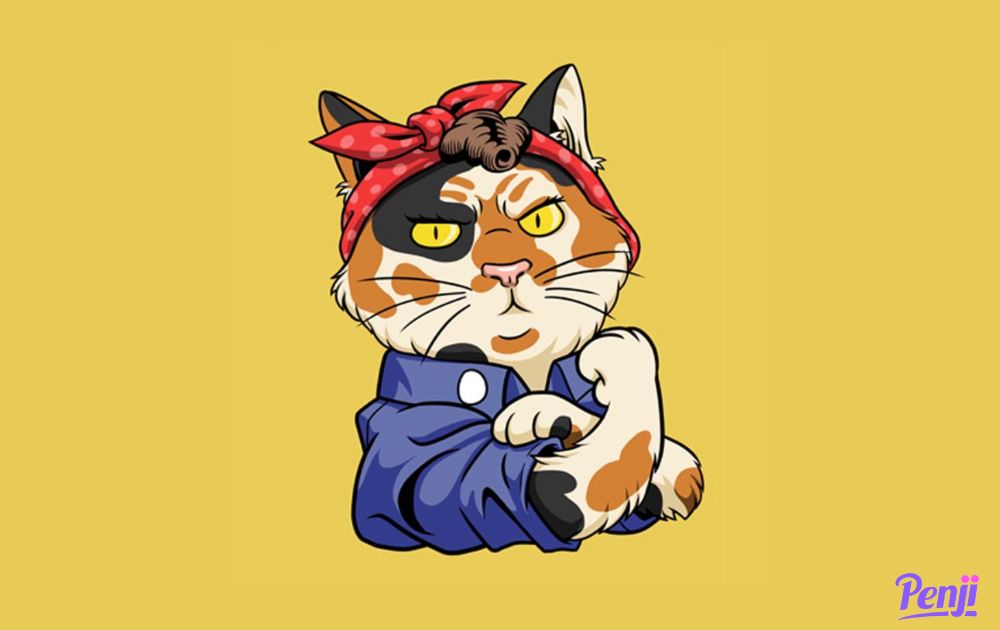
- Vector Illustration. This type of illustration is created using vector software, such as Adobe Illustrator, and is made up of shapes and lines that can be resized without losing quality. Though free vector designs are available online, you’ll need custom illustrations for branding assets like logos and icons.

- Raster Illustration. This type of illustration is created using raster software, such as Adobe Photoshop, and is made up of pixels. Raster illustrations are often used for digital paintings, photo editing, and promotional graphics.
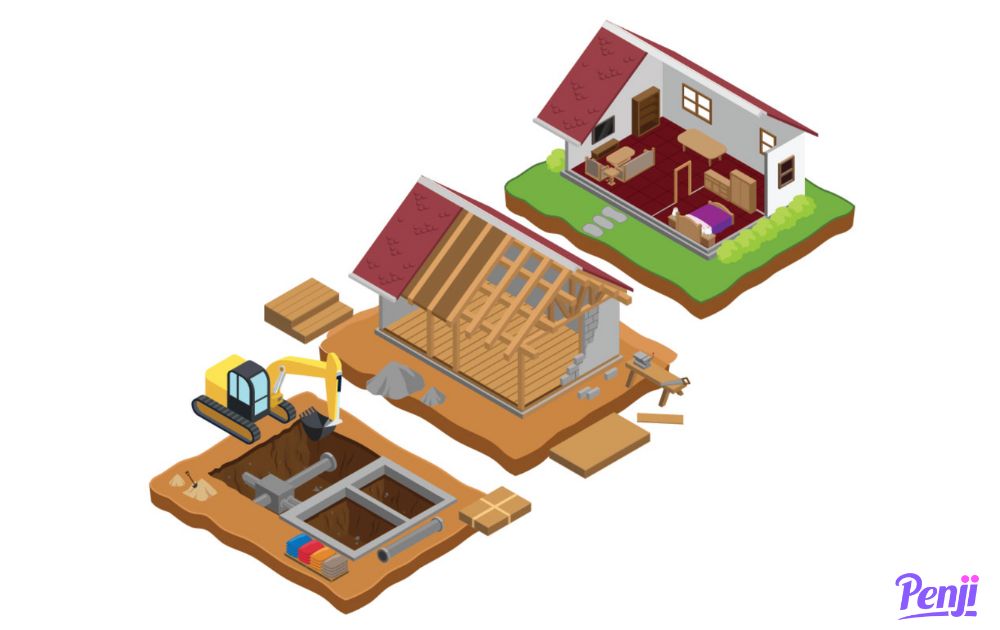
- Isometric Illustration. This type of illustration uses a three-dimensional perspective to create a flat, two-dimensional image. Isometric illustrations are often used in infographics and product illustrations.
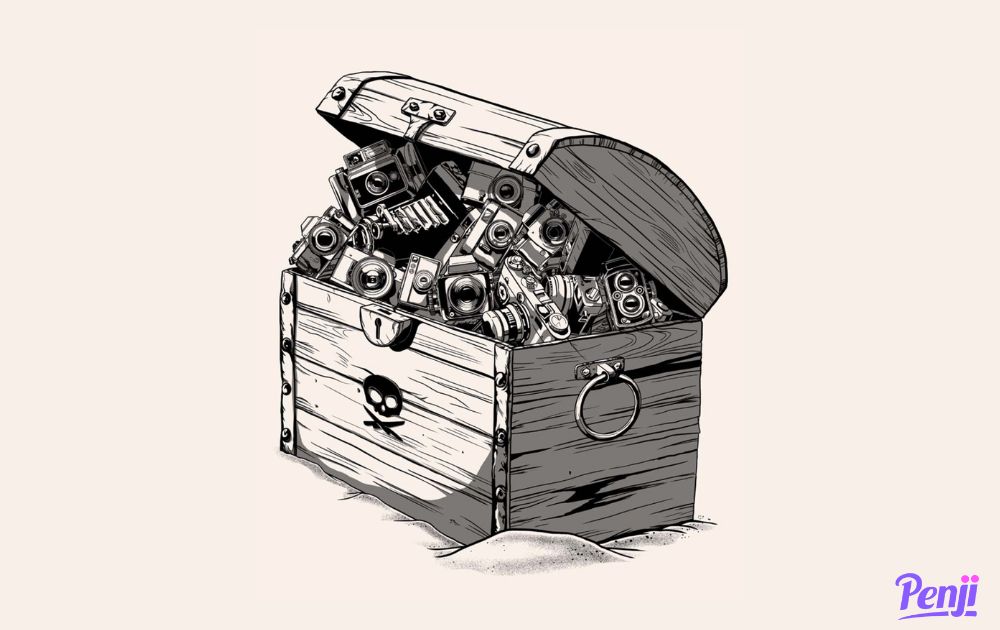
- Hand-Drawn Illustration. This type of illustration is created using a tablet or digital pen and mimics the style of traditional hand-drawn illustrations.

- Photo-Realistic Illustration. This type of illustration uses digital tools to create a highly detailed and realistic image, often using photographs as a reference.
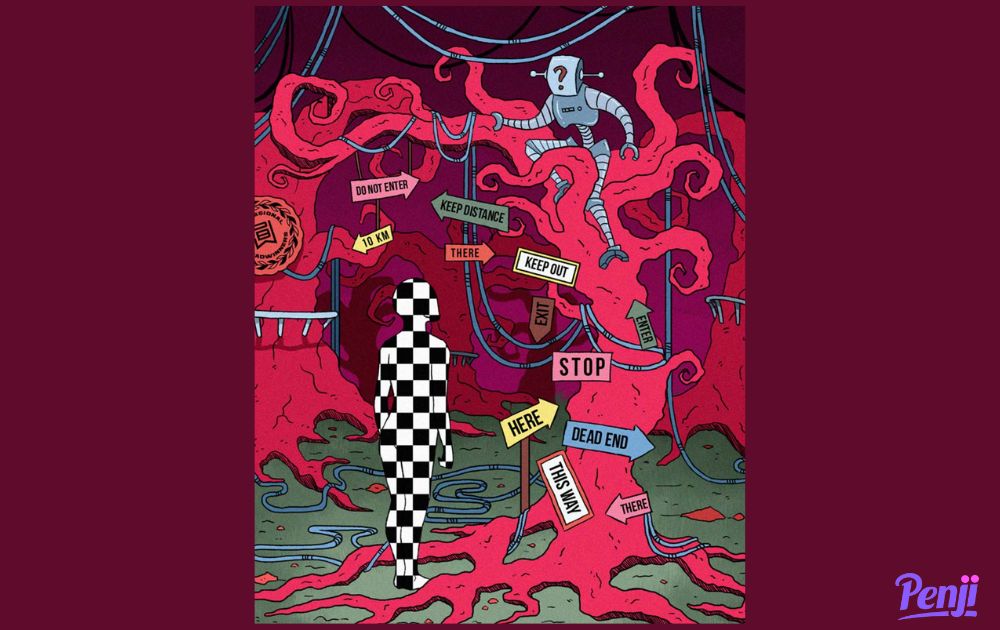
- Graphic Novel Illustration. This type of illustration is used in comics, graphic novels, and other narrative-based mediums.
The field of digital illustration is constantly evolving, and new techniques and styles are always emerging.
How Do You Do Digital Illustrations?
Creating digital art has a lot in common with creating traditional art. However, you must acquaint yourself with tech tools and techniques to be able to produce digital masterpieces. Here are some steps to help you get started with digital illustrations:
- Choose your software. There are many drawing and painting software programs available, including Adobe Photoshop, Procreate, Adobe Illustrator, Clip Studio Paint, and others. Choose a software type that you feel comfortable with, and that suits your needs.
- Choose your hardware. A graphics tablet can be an essential tool for digital illustration. The device allows you to draw on a surface with a stylus, and the image appears on the computer screen.
- Sketch your idea. Start with a rough sketch of your idea. You can use a pencil and paper or a digital sketching tool. This step is crucial because it allows you to plan out your composition and work out any issues before starting on the final artwork.
- Create a new file and work on your illustration. Open your digital software and create a new file with the correct dimensions and resolution. You can use your initial digital sketch or a scanned image file of your pencil and paper sketch as a base for your artwork. Use different brushes to create different effects and textures. Once you have the basic structure of your illustration, you can add color and shading to bring it to life.
Though learning digital illustration can be fun, it can also take a lot of time, effort, and energy to get it right. If you need high-quality digital illustrations done by the top 2 percent of designers, check out our professional design services. The best part? You’ll get unlimited graphic designs for a flat monthly cost, allowing you to get awesome value for your every buck.
About the author

Carla Deña
Carla is a journalist and content writer who produces stories for both digital and legacy media. She is passionate about creativity, innovation, and helping small businesses explore solutions that drive growth and social impact.










